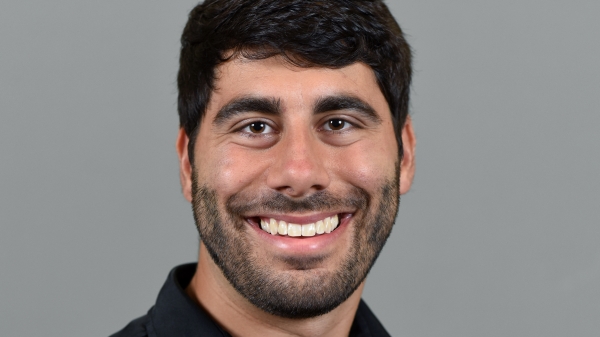Affluenza became a popular term when it was used in defense of Ethan Couch, a 16-year-old Texas boy who killed four pedestrians while driving drunk. It has received a great deal of ridicule, much of it justified. But it would be foolish to allow an absurd effort to minimize one teenager's responsibility for a horrific tragedy to obscure growing evidence of a growing crisis on our hands, say psychology experts.
“The children of the affluent are becoming increasingly troubled, reckless and self-destructive. Perhaps we needn't feel sorry for these ‘poor little rich kids.’ But if we don't do something about their problems, they will become everyone's problems,” said Suniya Luthar, an ASU psychology professor, who wrote a piece with Barry Schwartz, a psychology professor of Swarthmore College, that was carried on Reuters.
Luthar has studied the trials and tribulations of children from affluent families for nearly 20 years. She has documented the growth of dysfunction among affluent youth. High-risk behavior, including extreme substance abuse and promiscuous sex, is growing fast among young people from communities dominated by white-collar, well-educated parents. These kids attend schools distinguished by rich academic curricula, high standardized test scores and diverse extracurricular opportunities. Their parents' annual income, at $150,000 and above, is well over twice the national average. And yet they show serious levels of maladjustment as teens, displaying problems that tend to begin as they enter adolescence and get worse as they approach college.
Luthar and Schwartz say the best way to fight this problem begins with parents ensuring warm, open communication with their children while maintaining firmness and consistency in setting limits. But it also extends to tempering the ultra-competitive culture of select high schools, where landing a top college spot is conducted like the quest to find the Holy Grail. At the level of higher education, they raise the possibility of a lottery system where all students deemed able to succeed in the best colleges put their names in a hat. Such a system would prick the enormous pressure balloon of very competitive high school life, since students would no longer need to be the “best.” They would have to be good enough, and just a little fortunate.
For the full article, go to: http://blogs.reuters.com/great-debate/2016/01/05/sometimes-poor-little-rich-kids-really-are-poor-little-rich-kids.
More Science and technology

ASU researchers develop special microphone to verify human speech
Deepfakes have become a large societal concern with the advent of video and audio content generated by artificial intelligence,…

Leading students toward a future of renewable energy
Nicholas Rolston, assistant professor in the School of Electrical, Computer and Energy Engineering, one of the Ira A. Fulton…

SPARCS mission spacecraft bus delivered to ASU for final assembly
The Arizona State University team that is building the NASA-funded Star-Planet Activity Research CubeSat, or SPARCS, cleared a…
